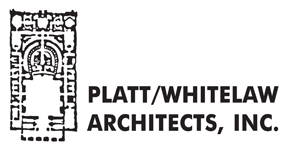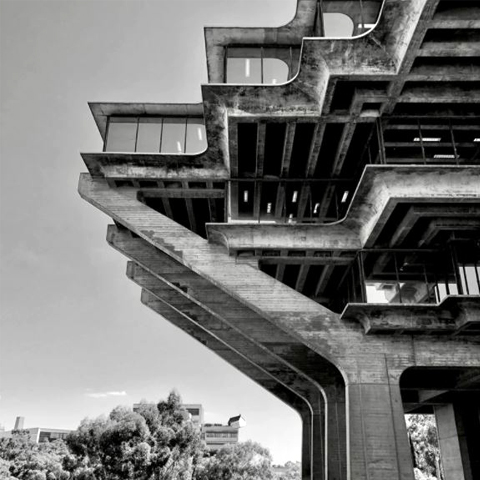San Diego History: Formative Architects and Architecture
Calling all architecture enthusiasts! Want to cement your savvy-San Diegan status? Dazzle friends with interesting cocktail party conversation? Become a riveting tour guide for your out-of-town guests? We’ve put together an overview of some of historic San Diego architects (some household names, some not), who designed notable places in San Diego. Feel fre




